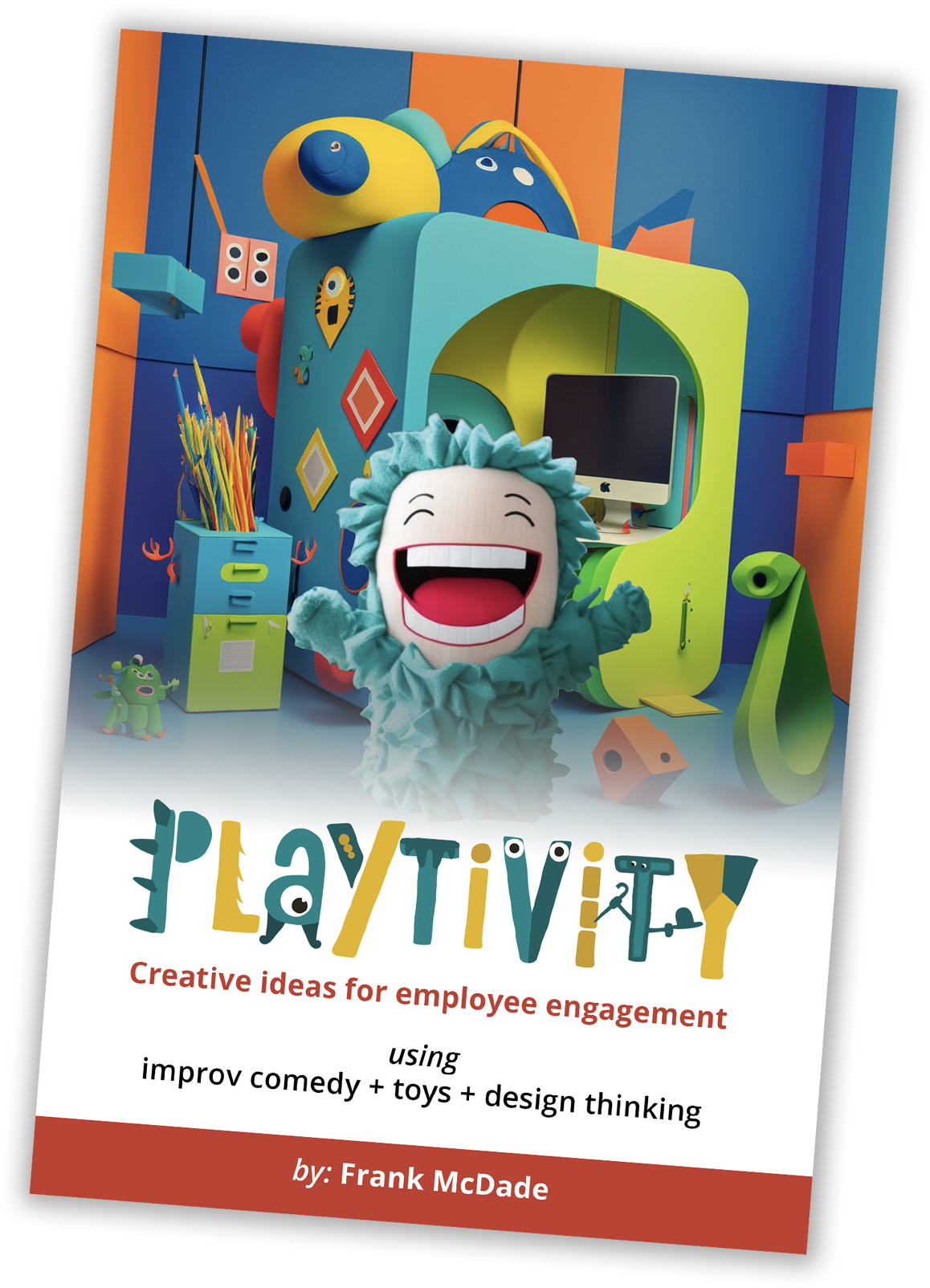If you’re a writer looking to push the boundaries of your storytelling, genre mash-ups offer an exciting way to create fresh, unexpected narratives. By combining elements of two contrasting genres, you can develop complex worlds, defy audience expectations, and challenge your own creativity. Whether you’re just starting out or looking for a new creative spark, these prompts will guide you through exploring genre —from warming up to sketching out a full sketch.
Warm-Up Prompt: Mash-up Lists
This exercise helps generate mash-up ideas by focusing on specific genre elements rather than entire storylines. You can use your lists as a toolkit for developing scenes or characters later.
List of Genres: Write down at least 5 genres that interest you (e.g., horror, comedy, fantasy, sci-fi, romance).
Key Elements: For each genre, list three key elements (e.g., for horror: eerie setting, fear of the unknown, high stakes).
Characters: Write down 5 character types often found in each genre (e.g., for fantasy: knight, wizard, thief, dragon, talking animal).
Mashup Ideas: Pick two genres at random and combine one character type, one key element, and one conflict from each. List out any interesting or unexpected combinations you discover.
Brainstorm Prompt: Mixing Genre Tropes
To start, pick two genres that seem like they’d never go together. Some fun combinations might be Western and sci-fi, horror and romance, or fantasy and crime thriller. The goal of this exercise is to familiarize yourself with the concept of blending two genre worlds in one setting.
Let’s think about what makes each genre tick. Every genre has its own set of conventions—typical characters, conflicts, and tropes that fans recognize. For example, Westerns often feature rugged, morally ambiguous heroes, while sci-fi explores futuristic technology and alien encounters.
Make a list of three to five common tropes for each genre you’re mixing. For instance, if you’re working with horror and romance, you might list “unexplained noises,” “haunted places,” and “jump scares” for horror, and “unrequited love,” “fated encounters,” and “hidden feelings” for romance. Then, brainstorm a few ways you might blend these tropes into one cohesive idea. How could a haunted location play into a romantic story, or how might an unrequited love take on a sinister twist?
This brainstorming session should help you see which elements from each genre you want to incorporate. Mixing tropes from each genre can bring out new dimensions in your story, leading to unpredictable twists and memorable scenes.
Sketch-Writing Prompt: Building Conflict with Genre Blending
Now that you have a basic understanding of the genres and a few trope-blending ideas, it’s time to create a scene where the genre clash leads to an interesting conflict. Think about how the characters’ expectations, shaped by their genre-based worldviews, could lead to misunderstandings, tension, or even humor.
Using one of your brainstormed ideas, write a short scene where the contrasting genres bring about a conflict between characters. For instance, in a horror-romance story, a character might struggle with their growing feelings for a ghost, knowing that getting close could lead to terrifying consequences.
This step helps you dive deeper into character motivations and explore how genre influences their actions. How do they react when they face situations that defy their worldview? What emotional conflicts arise from these genre-based clashes?
Wrapping Up
Exploring genre mash-ups is an exciting way to build unique stories and develop your versatility as a writer. By practicing genre-blending, you not only open up new creative avenues but also challenge yourself to innovate and surprise readers. Whether you turn one of these prompts into a full sketch or just enjoy experimenting, you’ll find that genre mash-ups push you to think about storytelling in fresh, unexpected ways.
Give these prompts a try, and let your imagination take the lead! With each exercise, you’ll discover new possibilities and perhaps even craft a genre-blended story that’s entirely your own.
